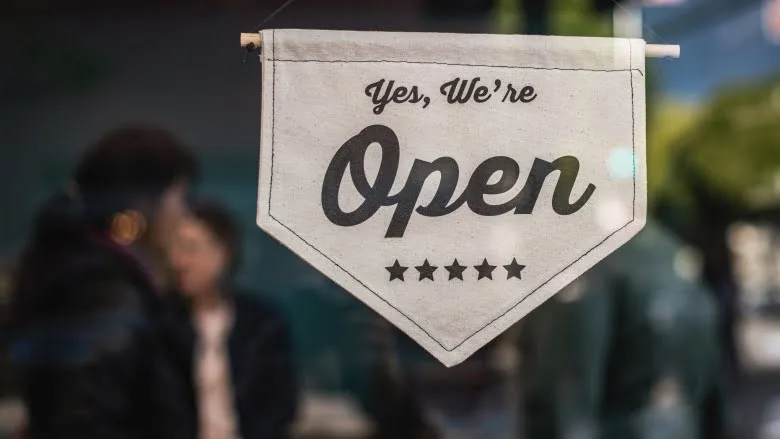Construction sites also feature a proverbial collection of highly desirable and easily resalable goods — ranging from lumber and copper that have skyrocketed in price with the supply chain crisis that has emerged across the U.S. in the wake of the COVID-19 pandemic to power tools and heavy machinery. In fact, according to the most recent Equipment Theft Report compiled by the National Equipment Register and National Insurance Crime Bureau, the estimated total value of stolen equipment in the U.S. alone in 2016 was nearly $300 million.
First and foremost, hiring in-house guards or outsourcing the function to a subcontracted provider can be quite costly, especially at large sites where more than one person is needed to cover the property adequately. Second, guards are human and unable to keep tabs on every site area 24/7. Autonomous robots, or unmanned ground vehicles (UGVs) as they are commonly referred to, have also been presented as a solution to this dilemma. Still, they are costly and can only patrol for a finite period before they must be recharged.
The changing role of video surveillance
Video surveillance has also traditionally played a significant role in protecting construction sites, however, even if cameras are properly placed and maintained — a significant challenge within a construction zone — the footage captured is typically only used to document reported crimes or injuries after they have already occurred. Additionally, people are so accustomed to the ubiquity of cameras that they may fail to have the deterrent effect they once did.
Transitioning from reactive to proactive security
Even with video analytics, surveillance alone does not create a proactive security strategy. Combining surveillance and analytics with a live operator helps construction security professionals manage security threats.
Just because a guard is on duty does not mean they can respond to every potential intrusion, even when aided by advanced notice. It takes very little time for thieves to breach the perimeter of a building under development and pile thousands of dollars worth of wire bundles, lumber, and tools into the bed of a pickup truck, or worse yet, drive off with heavy equipment that is not as readily available as it once was given the current supply chain crunch.
If individuals are captured on video entering a premise today, a live agent in a 24-hour monitoring center can be alerted to the breach and take a wide range of actions to address the situation, such as directly warning the intruders that they are being observed and recorded and that the authorities are being notified. In those circumstances where guards are also employed, the agent could dispatch them to the precise area of the intrusion and let them take over the response.
For years, video surveillance has primarily served as a post-incident investigation tool. Still, the advent of analytics and the evolution of live monitoring means that there are more strategies available to tackle the myriad risks that are present on today’s construction sites. Moving from a reactive security posture to one that is proactive could mean the difference in completing a project that is on time and under budget as opposed to one that is delayed and overextended financially.





